Hi everyone,
This is my first post and over the next series of posts I hope to detail a retrospective build log of my first lightsaber.
Hopefully some people will find these posts interesting or informative.
The project was completed in early January, but only now do I have the time to do the write-ups.
Before starting this project I spent a number of weeks reading over the numerous helpful and inspiring posts by the lightsaber building community.
I am indebted to all those who have taken the time to selflessly share their insight and wisdom with others.
I am also grateful to those who offer their skills and services to provide the products and technologies that allow our lightsabers to become a reality.
Over the period of building this saber I learnt much, made mistakes, swore a little, read and re-read guides, burnt my finger once, and became totally engaged in this little project.
I'm afraid this first post will only be text, but I will include "in-progress" pictures later
So for now, listed below, is what was included in my shopping order:
1 of: White shouldered 1" thick walled blade tip with reflective disc
1 of: 1" Thick walled Trans White PolyC 40" long (30 inches)
1 of: Collimator Lens 5 deg viewing angle
1 of: LEDengin Lens Holder
1 of: LED Engin LZ4 10W Multi Color (RGBW)
1 of: Star thermal tape pad
1 of: MHS "new style" Heat Sink V2
1 of: 3.7V-14.8V Li-Ion Smart charger
1 of: 2.1mm Power Jack
1 of: 2.1mm Power plug
1 of: Tamiya to JST charger adapter
1 of: Kill plug style 2
1 of: MHS speaker mount V4
1 of: 2w bass speaker
1 of: SPST Momentary tactile switch
1 of: 16mm Anti Vandal Momentary Nickel Plated Switch
1 of: MPS Pommel style 10
1 of: MPS Clip
1 of: MPS Insert style 6
1 of: Screw on LED blade holder style 17
1 of: MHS choke style 2
1 of: Hilt style 3 with standard style switch hole
1 of: 8-32 x 1/8" Set Screw
1 of: Custom Mill Work Fee
1 of: Drill & Tap Hole (8-32)
1 of: Custom Mill Work Fee
1 of: Recharge port hole service (Style 1)
1 of: Machine recessed AV switch hole
1 of: Switch 22 mounting hole service
1 of: 6 Wire quick connector
1 of: PCB for 7.2V Li-ion battery packs
Some of you may immediately notice a couple of critical things are missing - notably a power source, and a way to regulate the current and voltage to the main LED - but I will get onto these in subsequent posts.
The aim of the build was to create a simple, sleek, minimalist design - something that could be swung around with a good feel to it
However, I must admit the copious amount of accent LEDs, while non-canon, were an indulgence.
To estimate how long I wanted the polycarbonate blade to be I used a broom handle, gripping it in my right hand, my arm relaxed in a natural way against my side and the handle pointed downwards. I then adjusted the location where I gripped the handle until its tip was about an inch off the ground. I then used the measured length of handle between my grip and the tip to determine the blade length. The ordered length needed to take into account where on the saber I would have my forward hand, how much distance would be taken up by the choke and blade holder, and how much blade was countersunk into the blade holder. All this mathematics ended up at a value of 30inches.
I'm afraid that I am not a machinist, and nor do I have room in my small apartment to house a milling machine and lathe, as much as it would be great to have these. So there are a number of custom work and drilling fees in this order - all of which were delivered exactly as specified. Thanks again to Tim.
So, that's it for this post - next post, batteries





 Reply With Quote
Reply With Quote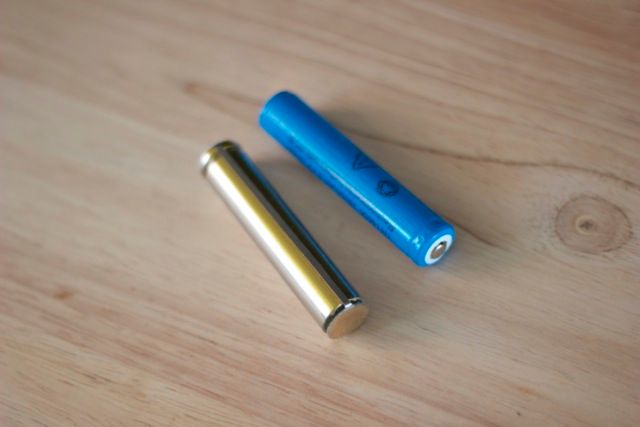

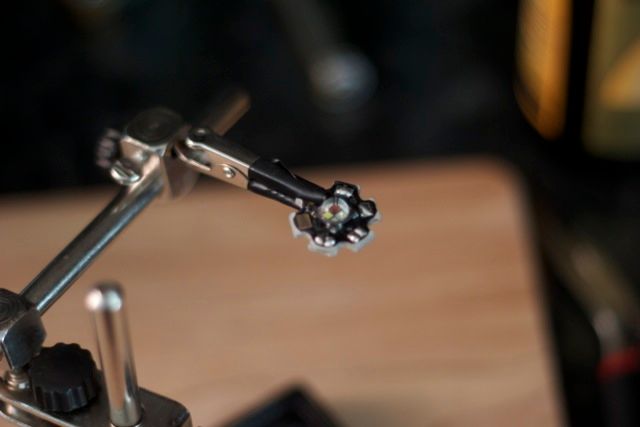
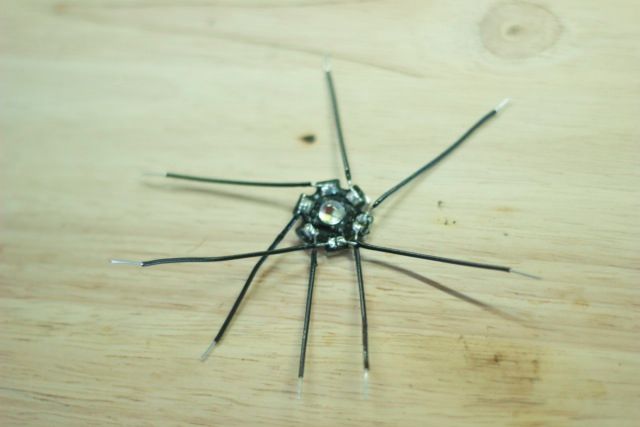
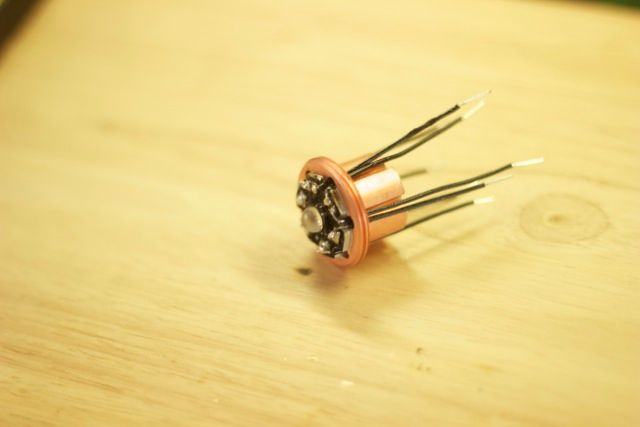
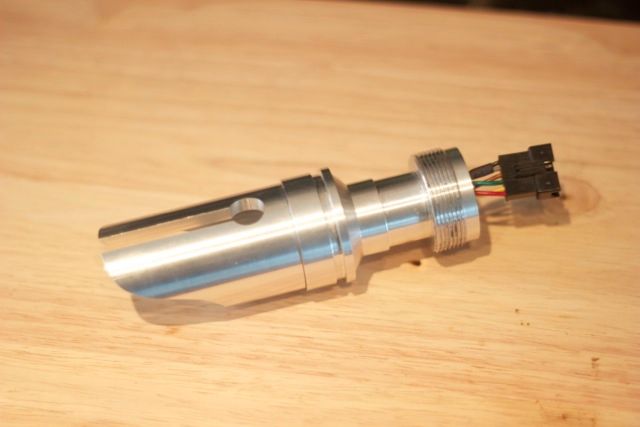



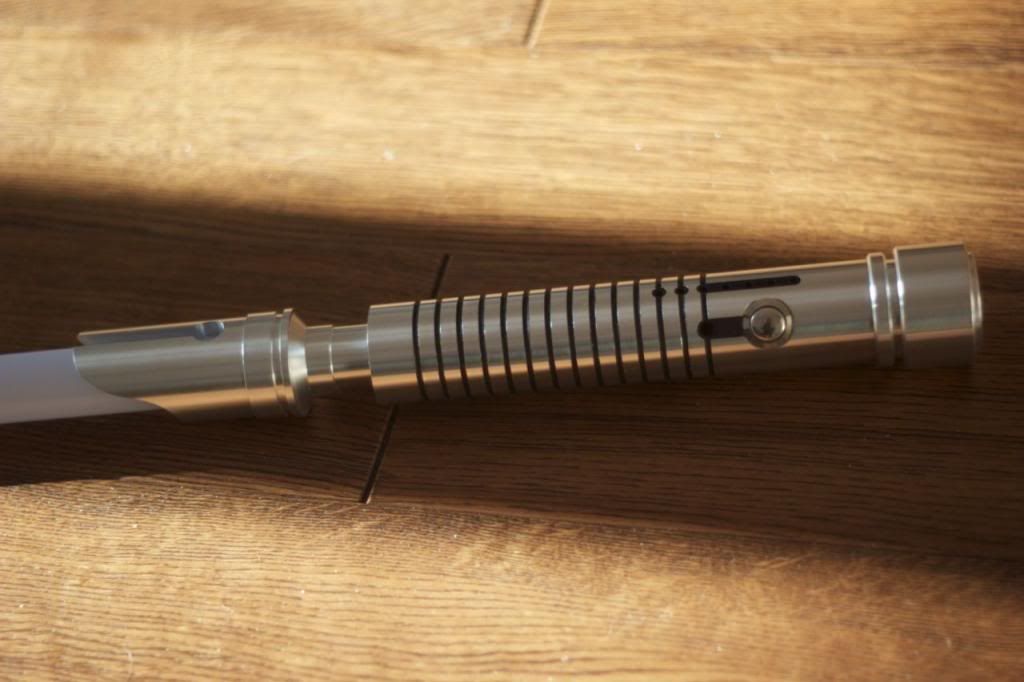
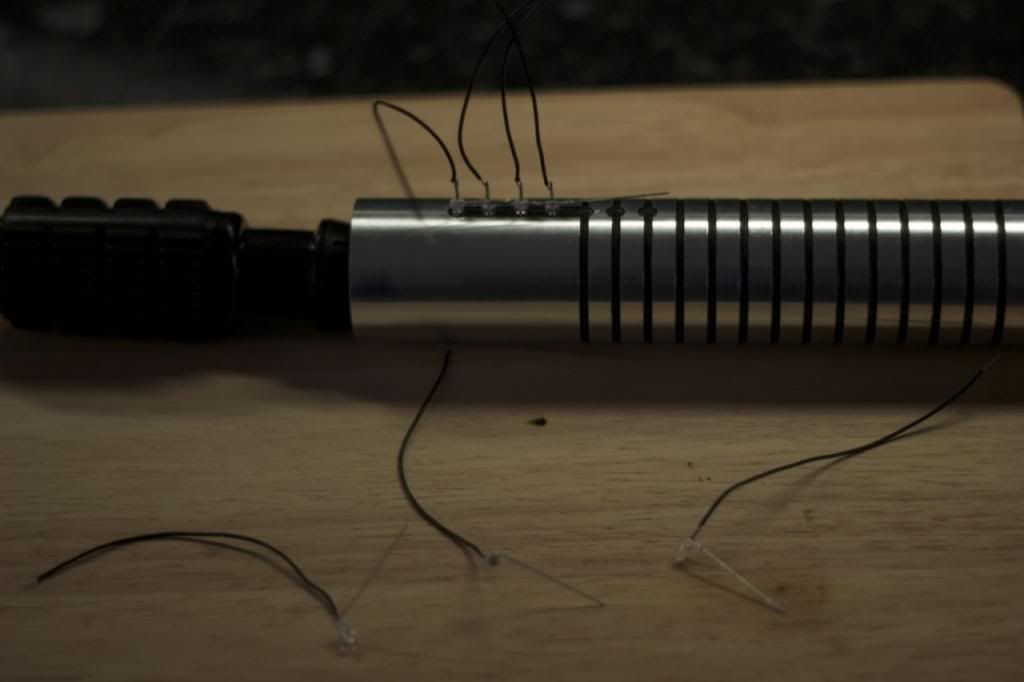
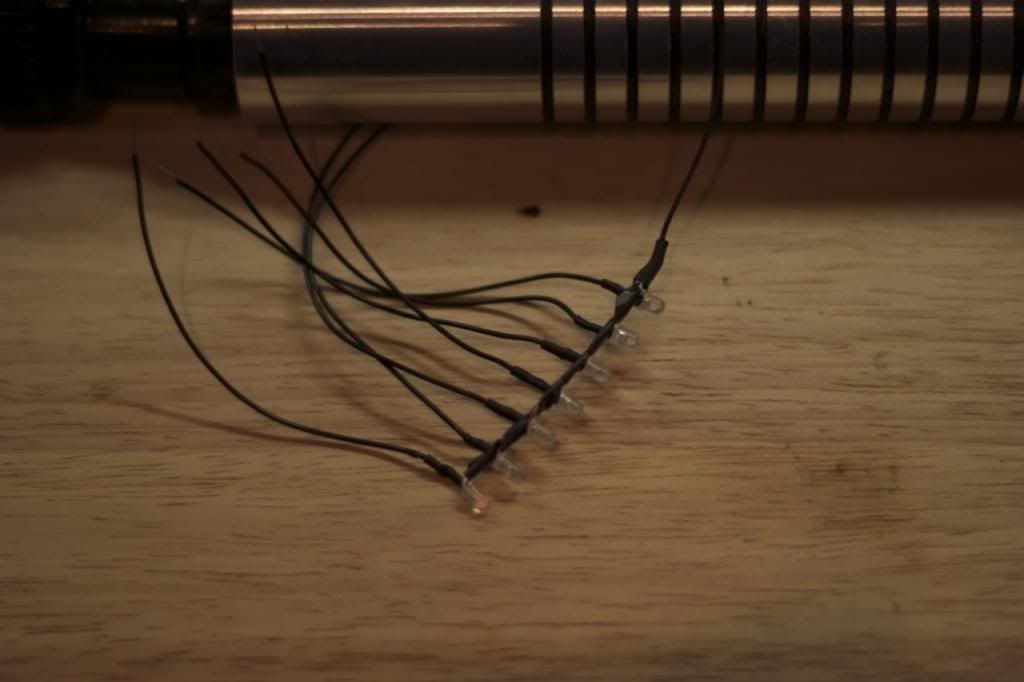


Bookmarks